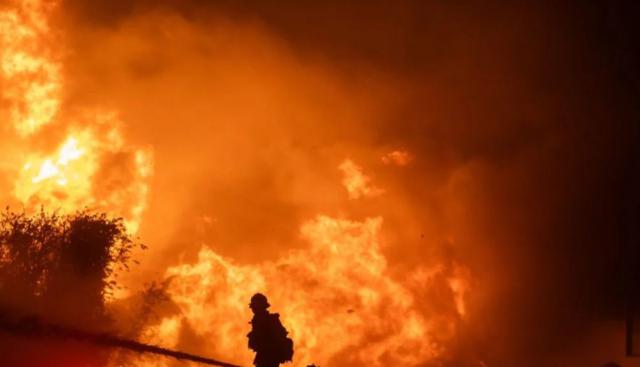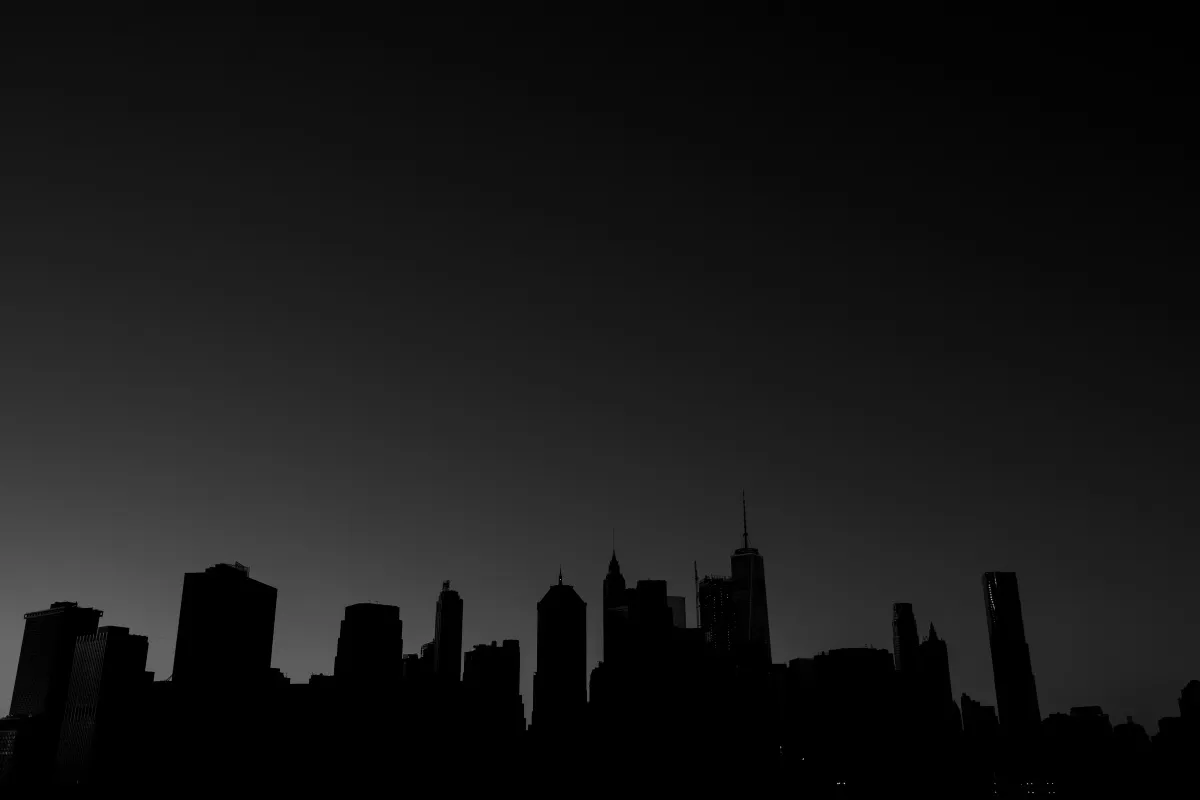[ad_1]
MIAMI/FORT MYERS, Fla (Reuters) – Packing 130-mph (210-kph) winds, Hurricane Irma knocked out electricity to more than 1 million Florida homes and businesses on Sunday and threatened the state’s Gulf Coast with potentially catastrophic flooding.
The storm, one of the most powerful ever recorded in the Atlantic, passed over the Florida Keys archipelago off the state’s southern tip and was on a course for the state’s western coast, which was expecting storm surges – water driven ashore by the winds – of up to 15 feet (4.6 m), according to the National Hurricane Center.
“I am very concerned about the west coast,” Florida Governor Rick Scott told “Fox News Sunday.” The coastline is home to cities like Tampa and St. Petersburg.
Irma, which prompted one of the largest evacuations in U.S. history, is expected to cause billions of dollars in damage to the third-most-populous U.S. state, a major tourism hub, with an economy comprising about 5 percent of U.S. gross domestic product.
About 1.1 million Florida homes and businesses had lost power by mid-morning as the storm pummeled the southern part of the state, utility Florida Power & Light said.
Irma is currently a Category 4 hurricane that has now passed over the lower Florida Keys and is headed toward the mainland, the NHC said in its latest update.
Irma, which killed at least 22 people as it tore through Caribbean islands toward Florida, has already claimed at least one life in the state. Emergency responders in the Florida Keys said they pulled a man’s body from his pickup truck, which had crashed into a tree in high winds.
The storm winds downed trees and signs and shook buildings in Miami, which was still 100 miles (160 km) from Irma’s core.
“We’re going to get 100-mile-an hour winds,” said Bob Korosec, an 83-year-old retiree who planned to ride out the storm with his wife in their St. Petersburg home. “We picked up all the stuff outside that could be a missile into our house. I just hope it doesn’t blow off our roof.”
STORM BABY
One woman in Miami’s Little Haiti neighborhood delivered her own baby, with medical personnel coaching her on the phone because emergency responders were not able to reach her, the city of Miami said on Twitter. The two are now at the hospital, it said.
Ahead of the storm, officials in Florida had ordered a total of 6.3 million people, or about a third of the state’s population, to evacuate.
But some people decided to ride out the storm in their homes. Midway up the state’s Gulf Coast in Clearwater, Sarah Griffin said she planned to hunker down in a closet in her boarded-up concrete house.
“You’ve just got to have plenty of beer, Captain Morgan, vodka, (and) you’ll get through,” said Griffin, 52.
The NHC has put out a hurricane warning and a tropical storm warning stretching through almost all of Florida into Georgia and South Carolina, home to more than 20 million people.
Irma comes just days after Hurricane Harvey dumped record-setting rain in Texas, causing unprecedented flooding, killing at least 60 people and leaving an estimated $180 billion in property damage in its wake. Almost three months remain in the Atlantic hurricane season, which runs through November.
(For a graphic on how Irma compares to other major hurricanes, click tmsnrt.rs/2wP8csY)
Additional reporting by Sarah Marsh in Remedios, Marc Frank in Havana, Bernie Woodall, Ben Gruber and Andy Sullivan in Miami, Jeff Mason in Washington, Colleen Jenkins in Winston-Salem, North Carolina and Scott DiSavino in New York; Writing by Scott Malone; Editing by Ross Colvin
[ad_2]
Source link






Leave a Reply